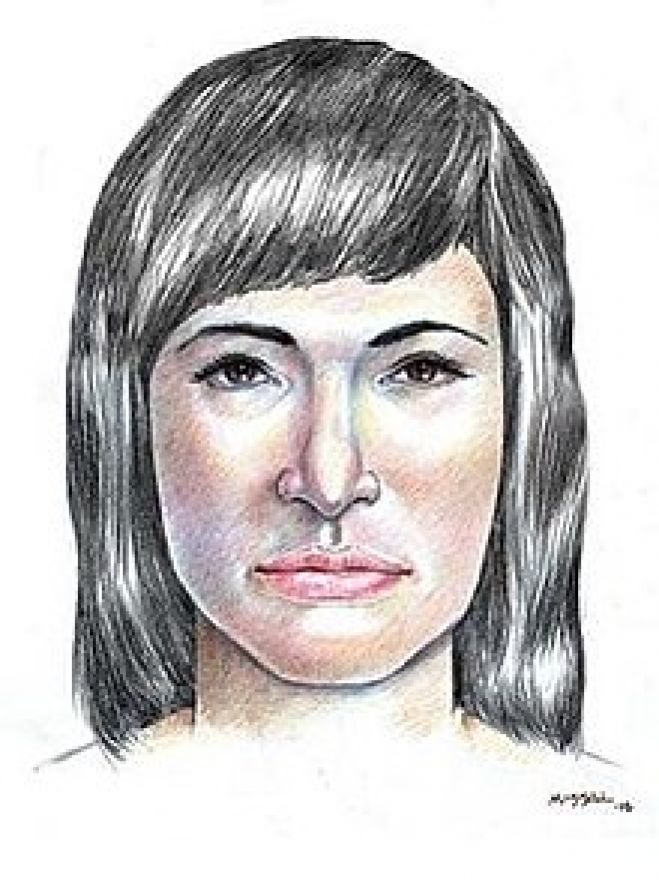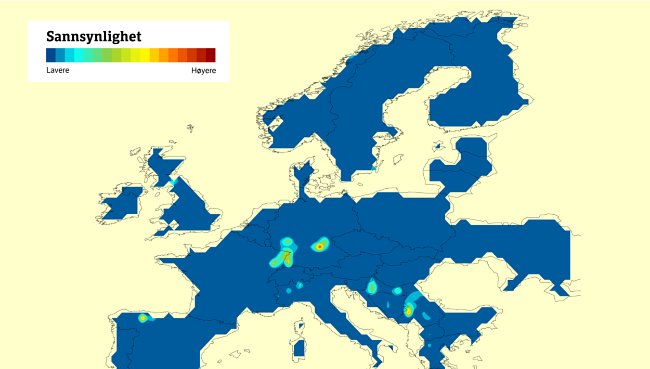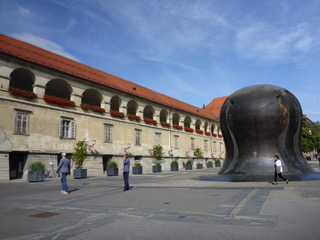The Isdal woman - file number 134/70 (1)
- Published in Cold Case
(br/mcvth/Bergen/ Norway)
Death in the Isdal in Norway
Anyone who deals with what is by far the most mysterious criminal case in post-war European history must start on November 29,1970, in the Ulriken Bergen, in Isdalen.
A father and his two daughters found the body of a woman on this Sunday afternoon, the first Advent of this year.
This case had all the ingredients of an espionage thriller, which could only have happened in the Cold War era. It made sense that Taxi nach Leipzig, the first crime scene in the ARD programme in Germany, was running that evening for the first time.
The Norwegian public prosecutor Carl Halvor Aas, then 30 years old, was on duty that day and found his own, quite real crime thriller with the case in a small valley, in a poorly accessible rocky gorge, in the area of Bergen in Norway.
The former prosecutor in charge recalled in an interview with NOK and the BBC, which was conducted many years later, that the smell of the charred body had particularly entered his nose before he even saw the body.
The area was picturesque. Between dense tree cover and mossy stones, at a safe distance from one of the paths, lay the half-carbonized body of the approximately 30-year-old and, as reconstructed later, quite a pretty woman. She had also already attracted attention during her short lifetime, as the rather slowed down police investigations revealed shortly afterwards. Braked by whomever, it was not clear and was not clarified.
It remained one of the many secrets in this case.
Even the place of discovery offered a criminally very confused picture. Burned rubber boots, which would later become a substantial lead in the case. A tube of phenobarbital sleeping pills, a packed lunch and an empty bottle of alcohol. Besides, two white plastic bottles, whose smell indicated gasoline, and a burnt passport. A purse? Wrong!
Allegedly the dead woman had succumbed to an overdose of sleeping pills and carbon monoxide poisoning associated with the fire. Soot was found in her lungs, although, according to instructions from above, suicide was indicated, it was almost impossible that the Jane Doe had committed suicide. A box of matches from the German sex shop operator Beate Uhse was found at the crime scene as a spicy detail. Later the matches were allegedly also found in one of the suitcases from the station.
Everything, in this case, was contradictory.
A disturbing puzzle of possible entanglements resulted from the objects and later in the two suitcases from the lockers at the station with the luggage of the unknown woman. These traces did not lead to the identity of the unknown person, nor a motive, nor the perpetrator. The circumstances are also more than strange and therefore also lead to the most adventurous speculations, which entwine themselves like a spider's web around the more than 48-year-old case. The find is still one of the most sensational criminal cases in Norway today and has been riding journalists worldwide for decades.
Nothing is defined in this case.
Hours later witnesses came forward who were treated very unconventionally for a murder investigation. It was not until the beginning of the millennium that further testimonies on this subject were given, which took the attention. Witnesses who saw the dead woman with two southerners were just didn't taken down as a note by the Police. The witnesses were forbidden to talk at all about their observation. Who or what the southerners were, who the person who died a few days later knew, with whom she had a lively conversation, remained in the dark. The unknown woman stayed at the Hordaheimen Hotel in Bergen days before her death, from November 19 to 23. This stay under a false name, an alias or one of the many identities that a person had. Was one of the strangers, with whom the later deceased in a summer dress was talking, the Soviet military attaché in Norway, who was in Bergen at the same time?
Who was that woman?
If anyone recognizes the woman or thinks he or she knows her, can give any clues as to her identity, can say anything about the so-called Isdal woman, please contact the local police.
There's a memo with Interpol.
It became mysterious when several suitcases were found in an expired locker, and the contents could be connected to the dead woman. In the suitcases, props were found that could have come from a spy movie or just a crazy person. So fingerprints of the deceased were preserved on fake glasses. These matched the body found on November 29, 1970.
Another curiosity in the whole behaviour of the dead was the constant changing of identities, the creation of tables with seemingly coded groups of numbers that made up a systematic code. Not every woman of about 30 years of age was able to create codes in this form at that time and why would she, when she was travelling through Europe, create such codes at all?
The labels had been removed from the clothes.
Why did the unknown travel through Europe for several months during her lifetime, giving different names?
Later, one of the investigators involved in the case credibly claimed that the Military Intelligence had searched the two suitcases found in the locker before the police. Whether this was the case, no one can say how everything in the case was and is "a maybe" or "possible".
For quite some time it had been suspected that the Norwegian Military Intelligence Service was trying to suppress the proceedings. There were several reasons for this. During the Cold War, Norway was the country on whose coasts Soviet submarines operated. Besides, spies from the Eastern Bloc infiltrated the West via Norway.
But why would Counterintelligence protect a foreign agent? According to several parties involved in the proceedings, the police investigation was considerably obstructed.
Part 2 Does the trail lead to the HVA in East Berlin?



















